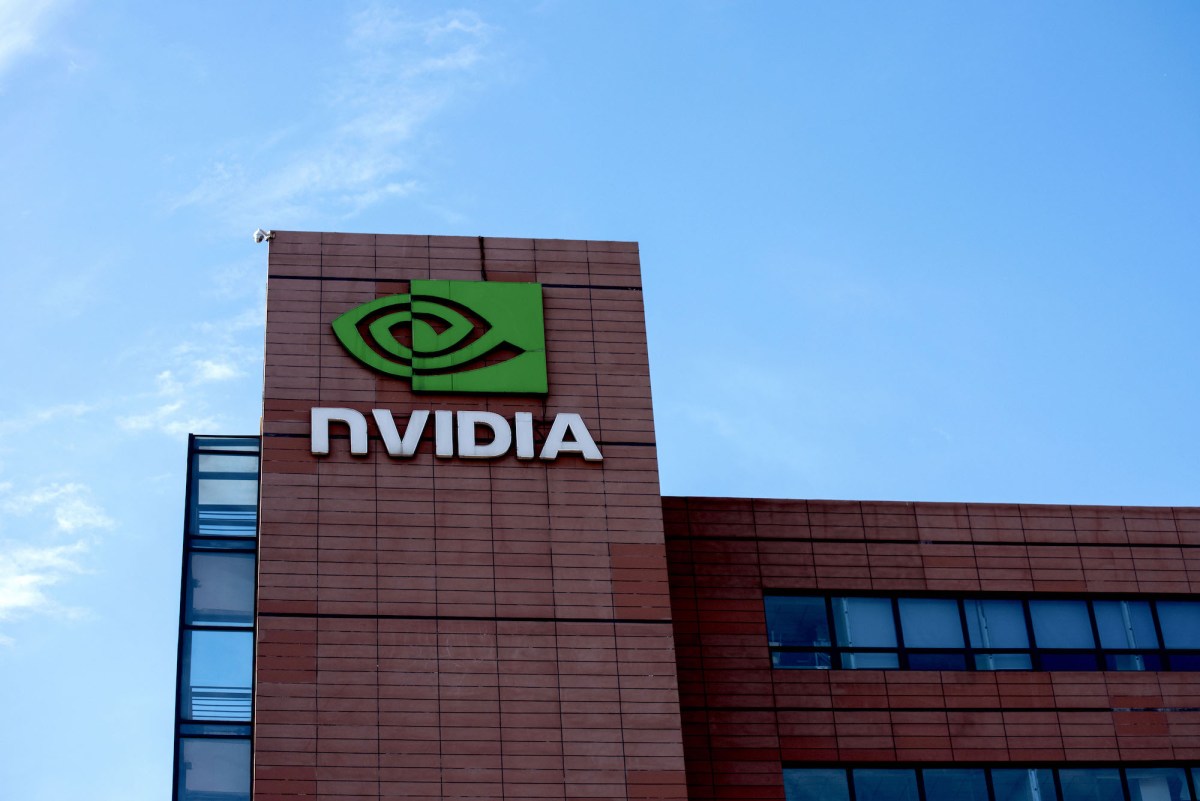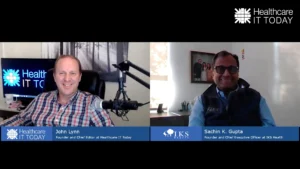The Healthcare Cybersecurity Ecosystem: A System in Need of Comprehensive Care
The following is a guest article by Andrew Mahler, JD, CIPP/US, AIGP, CHC, CHPC, CHRC, Vice President of Privacy, Compliance Services at Clearwater When the healthcare information ecosystem operates as it should, it mirrors a healthy circulatory system. Its networks and pathways ensure that vital patient data flows to the right places at the right […]

The following is a guest article by Andrew Mahler, JD, CIPP/US, AIGP, CHC, CHPC, CHRC, Vice President of Privacy, Compliance Services at Clearwater
When the healthcare information ecosystem operates as it should, it mirrors a healthy circulatory system. Its networks and pathways ensure that vital patient data flows to the right places at the right time, with patient information moving uninterrupted from one health service to another. Hospital systems often act as the heart of data flow operations, facilitating the healthy and continuous flow of information.
But even the strongest heart can’t thrive in a compromised body. A single weak spot, like an unsecured device or a reused password, can trigger a system-wide collapse, leaving patients reeling from data breaches and providers scrambling to recover.
Despite such pain and headline-making disruptions, many organizations slap a band-aid over complex data protection and security wounds. A seemingly small infiltration—an unpatched medical device, a vendor’s lapse—can spiral into chaos, shutting down networks, exposing millions of records, and halting care for days.
Now, more than ever, every player in healthcare—not just hospitals—must strengthen protections to prevent the intentional and accidental hemorrhaging of sensitive patient data.
The Expanding Threat Landscape
Hospitals grab headlines when breaches strike, but they’re just one artery in a vast network. Clinics, pharmacies, insurance providers, billing firms, telehealth platforms, medical device makers, health tech startups—even patients themselves—form an interconnected web where a single weak link can unleash chaos. This isn’t only a hospital problem; it’s an ecosystem crisis.
Enforcement numbers continue to emphasize the risks. The Office for Civil Rights (OCR) reported in 2024 that hacking and IT incidents fueled 82% of breaches and 94% of compromised records. Hospitals saw 54 million records exposed—nearly matching 2022 and 2023 combined—yet business associates (BAs) dwarfed that, driving 80% of all records breached despite involvement in only 30% of incidents.
The cracks spread further. A telehealth app with weak encryption, an internet-connected pacemaker left vulnerable, or a startup prioritizing speed over security can all serve as entry points. Patients, too, play a role—reusing passwords, downloading unsecured apps, sharing information with third parties hands attackers the keys. Medical device manufacturers, too, can lag, leaving internet-connected infusion pumps or pacemakers as entry points.
Hospitals feel the fallout, but the cracks form across the ecosystem. Vulnerabilities in one node cascade across the system, demanding robust vendor oversight, proactive monitoring, and resilient controls.
Consider the Change Healthcare breach of 2024, costing $3 billion (and rising) and exposing 190 million individuals’ data. This breach shows how far the ripples reach. The lapse didn’t just hit hospitals; it disrupted insurers, pharmacies, providers, and patients nationwide.
Private Equity: The Overlooked Cybersecurity Front
Other players amplify the stakes. Private equity firms eyeing healthcare investments face portfolio-wide risks—a breach can derail a deal or sink valuations overnight— and regulators at the local, federal, and global level are tightening the screws. No entity is exempt.
Cybersecurity and data protection imperatives for private equity are built on one simple truth: risk and reward go hand in hand. During the due diligence process, financials, operations, market position—every angle—are reviewed before making a deal. But in today’s landscape, there are two interconnected compliance concepts many firms fail to account for until it’s too late: cybersecurity and data protection.
Threats to the security of data are not just an IT problem; they are a portfolio-wide investment risk. A single ransomware attack, data breach, or insider exploit can devalue an entire company overnight. In those cases, deals can fall through or regulatory fines can accumulate. Reputations can tank. And the cost of inaction? Consider Change Healthcare breach or the mass exploitation event related to a vulnerability in MOVEit, which affected nearly a million active Medicare beneficiaries. MOVEit, a widely used file transfer platform in the healthcare industry, highlighted weaknesses in vendor ecosystems, posing a significant challenge for private equity-backed companies that depend on outsourced IT or data services.
Looking Forward
Fixing this requires all hands on deck. Hospitals can’t protect patient data alone, nor should they. Every stakeholder must adopt HIPAA-compliant risk analyses, embrace frameworks like the NIST Cybersecurity Framework and Health Industry Cybersecurity Practices (HICP), and double down on vendor oversight and device security.
The future demands collaboration, not finger-pointing. Reactive patches won’t stem the bleeding; proactive unity will. From boardrooms to bedside devices, we need a culture of shared accountability. Patient trust rests on secure data, and that’s a pulse the entire ecosystem must keep beating. This proactive approach requires collaboration across all levels of the healthcare and financial ecosystems, including ongoing education, monitoring, and auditing of policies and controls, and engagement with all stakeholders involved.
A comprehensive, forward-thinking strategy that includes regular risk analysis/assessments of both the organization and its vendors/partners as well as strategies to promote ongoing maturity and resilience, will ensure that the healthcare industry can withstand not only the current threats but also adapt to the evolving landscape of threats and risks to the privacy and security of information. By embracing a culture of awareness, responsibility, and accountability, we can safeguard the sensitive data that flows as the lifeblood of patient trust and care.
 About Andrew Mahler
About Andrew Mahler
Andrew Mahler is Vice President of Privacy and Compliance Services at Clearwater, where he leads initiatives to enhance data protection and compliance across the healthcare industry. For more insights into how Clearwater is leading the charge in healthcare cybersecurity, visit Clearwater Security.






















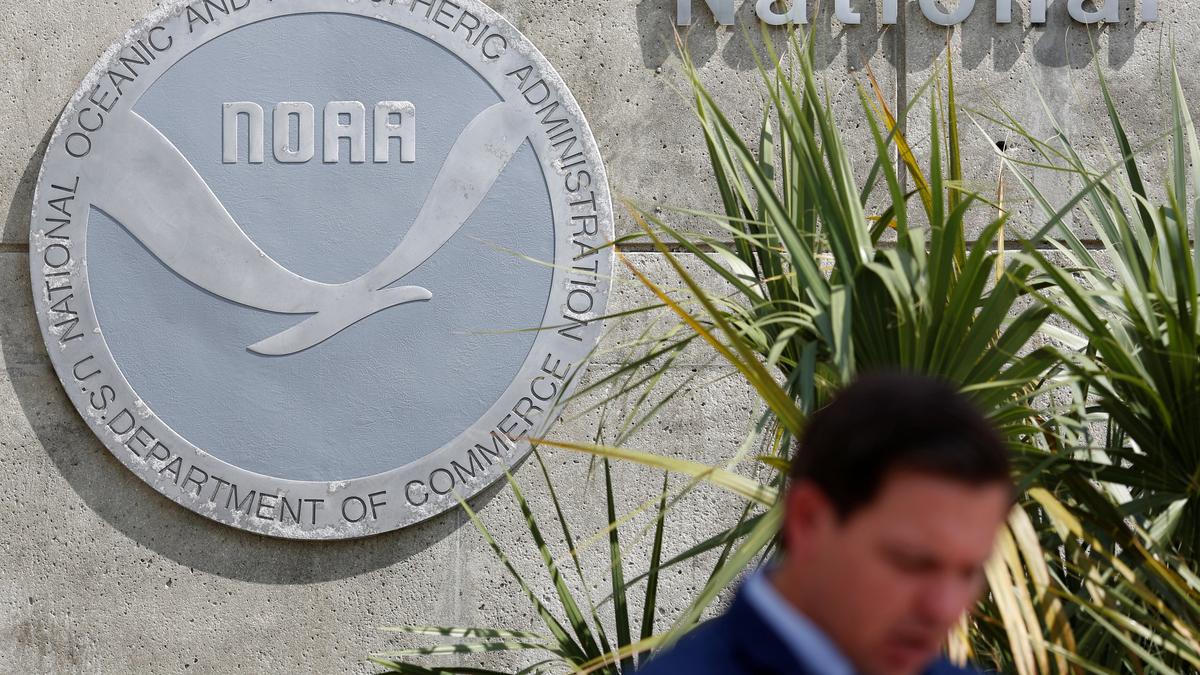








































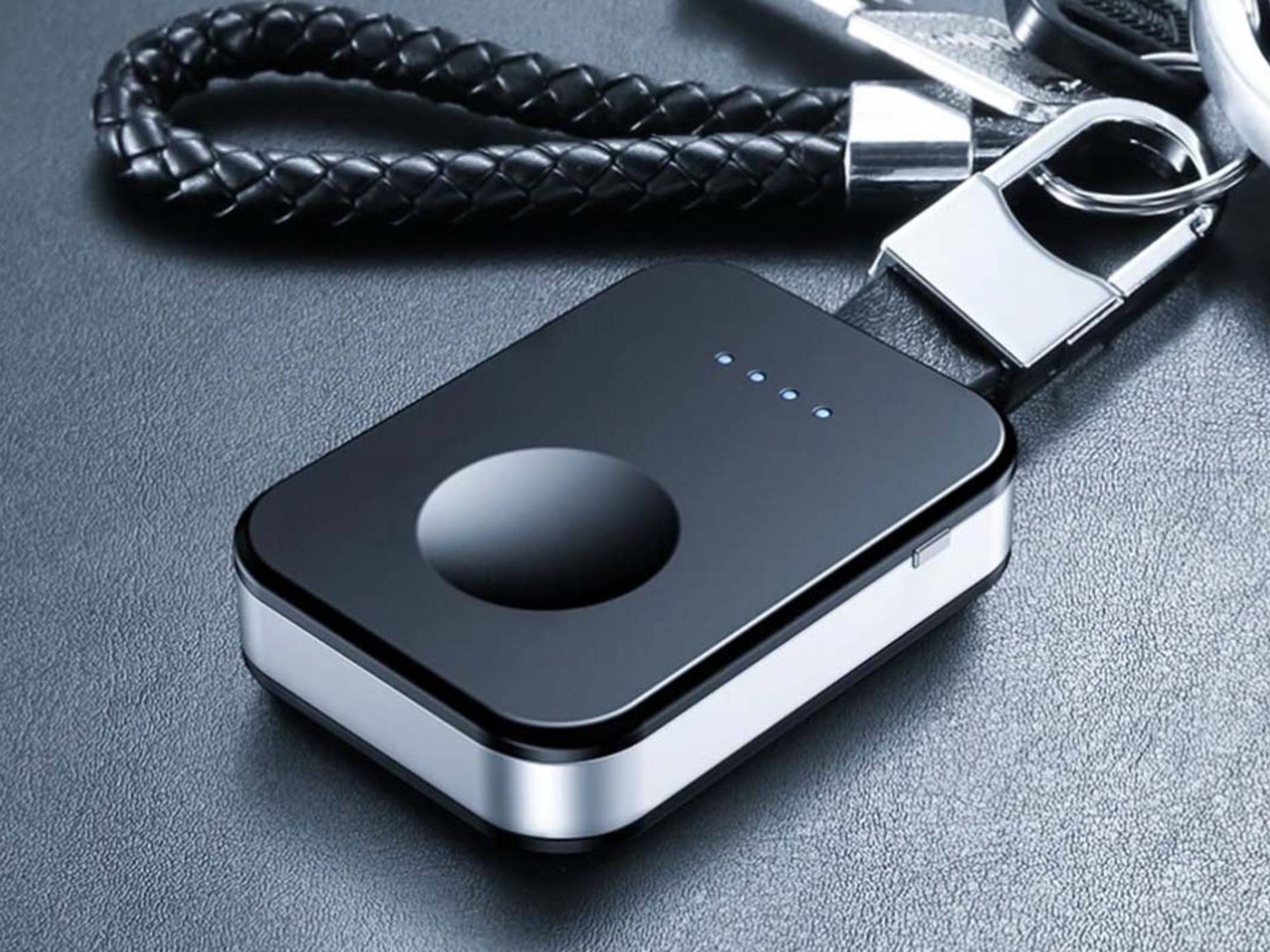

















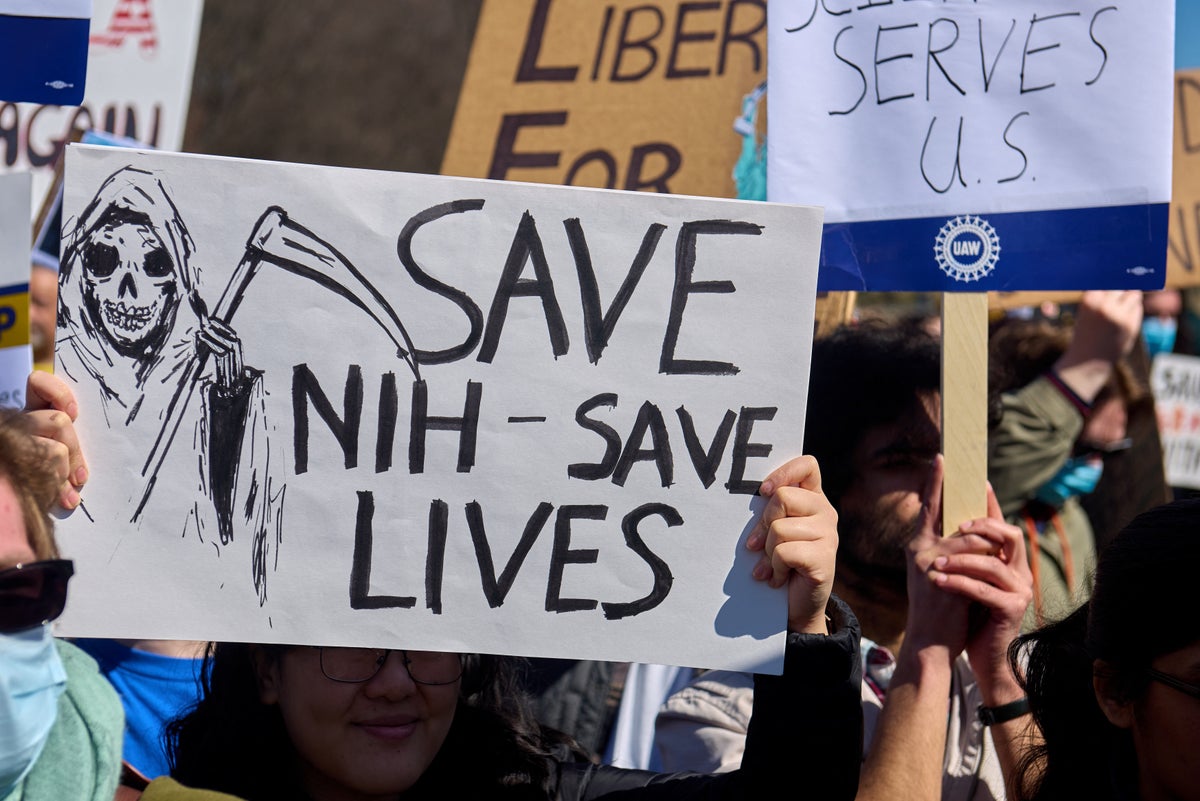













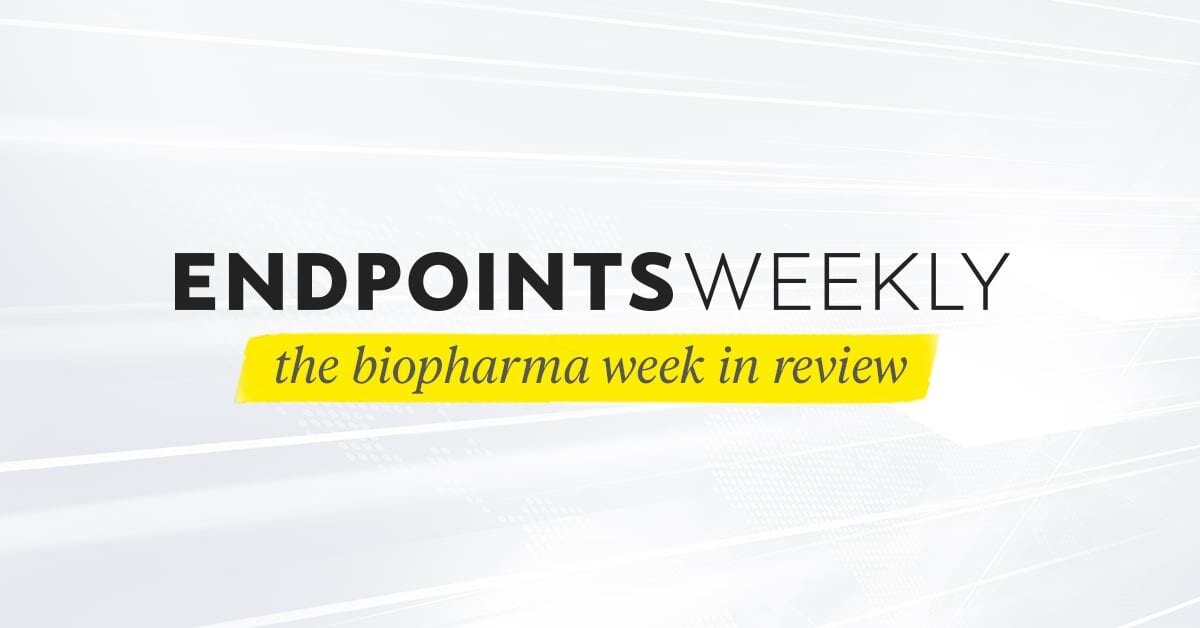


















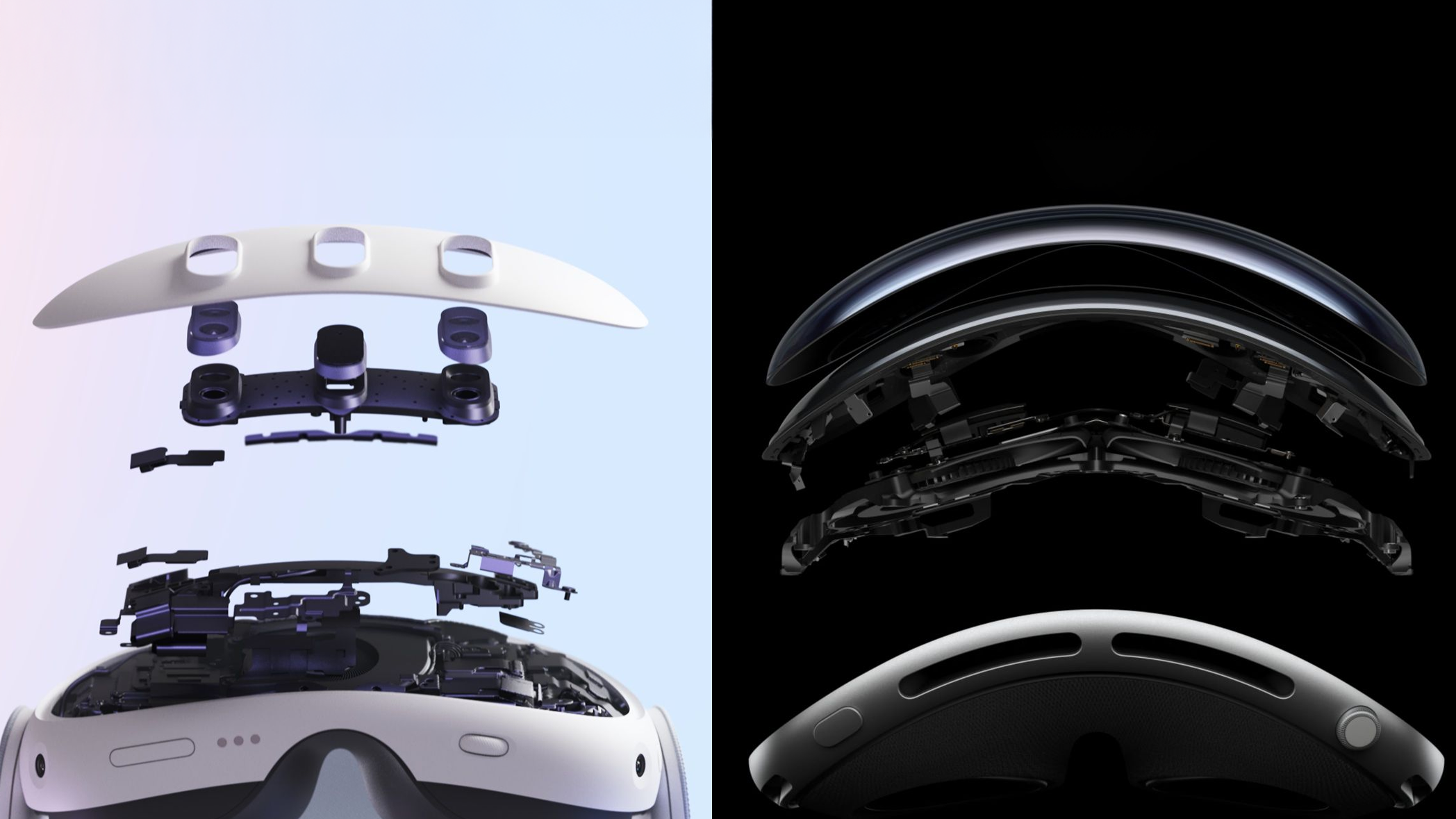






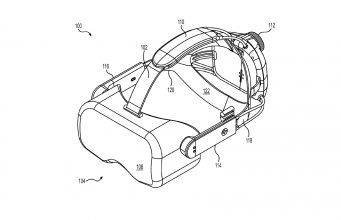

![The breaking news round-up: Decagear launches today, Pimax announces new headsets, and more! [APRIL FOOL’S]](https://i0.wp.com/skarredghost.com/wp-content/uploads/2025/03/lawk_glasses_handson.jpg?fit=1366%2C1025&ssl=1)








